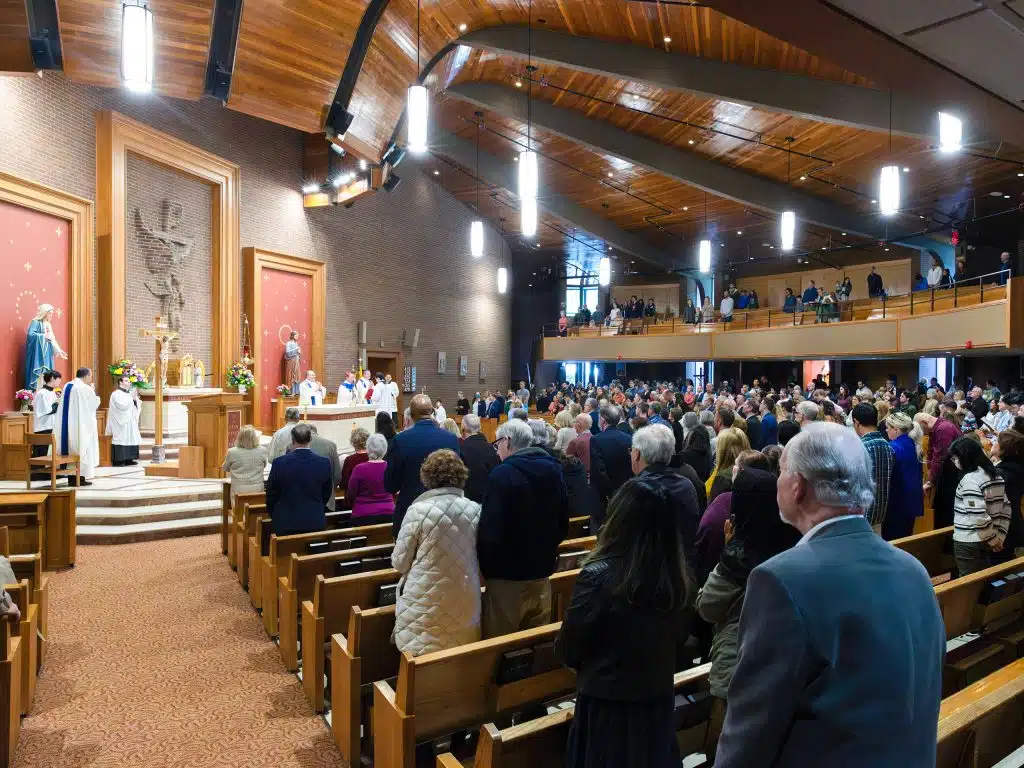St. Agnes (died c. 305)
Feast day: Jan. 21
These days, invoking God in the Girl Scout Promise is optional. Nonetheless, for Catholics and perhaps members of other Christian churches St. Agnes is still on their books as the Girl Scouts’ patron saint.
St. Agnes was chosen not only because she was barely in her teens when she was martyred, but also because she possessed many of the qualities Girl Scouts try to cultivate in themselves: courage, honesty, respect for herself and for others, service to God and to her neighbor.
Agnes came from a Christian family in Rome, although her mother and father do not feature in any of the traditions or stories about Agnes. It is possible, even likely, that they were martyred before she was; the Emperor Diocletian began his empire-wide persecution of Christians – the worst the Church had ever known up to that time – in 303. As residents of Rome, Agnes and her family would have been at the epicenter of the persecution, and after executing the parents, it would have been standard procedure for the officers of the law to arrest Agnes.
She was about 13 when she was hauled before a magistrate for the crime of professing Christianity. To charge a young girl with a capital offense is shocking to us, but 1,700 years ago, when life was short, individuals we would regard as children were already being treated as adults. The magistrate threatened to burn her alive, but Agnes would not deny her faith. Next he tried to force her to join the virgins who served the goddess Vesta, but Agnes refused to perform any function in a pagan temple.
Finally the judge had the poor girl exposed naked in an arena on the site of what is now Rome’s Piazza Navona. There, before a cheering, jeering crowd, the executioner stabbed Agnes in the neck. The Christians of Rome recovered her body and buried Agnes in a Christian cemetery on the Via Nomentana, outside the city walls.
Days later, Agnes’ foster sister, Emerentiana, went to pray at the martyr’s tomb. Pagans who happened to be passing by were enraged at the sight of a young woman grieving over the death of someone they regarded as a criminal; they picked up rocks from the roadside and stoned Emerentiana to death. She is also revered as a saint, and her feast day is Jan. 23.
Although Agnes was just one among the tens of thousands of Christians martyred during Emperor Diocletian’s persecution of the Church, devotion to her began almost instantly after her death. By 350 Constantia, the sister of Constantine, the first Christian emperor, had built a basilica over St. Agnes’ grave, and a mausoleum nearby for herself so she would lie near her favorite saint.
From Rome devotion to St. Agnes has spread throughout the world. She is invoked with other virgin martyrs in the Canon of the traditional Latin Mass, what has come to be known recently as the Extraordinary Form, and in the First Eucharistic Prayer of the Ordinary Form of the Mass. In the Piazza Navona, the site of her martyrdom, Romans built a splendid little church dedicated to St. Agnes where, in a small chapel, her skull is enshrined.
In art Agnes is always portrayed with a lamb. It is a symbol of her innocence and purity, as well as pun on her name. In Latin, the word for lamb is “agnus.”
Craughwell is the author of Saints Behaving Badly (Doubleday, 2006) and Saints for Every Occasion (Stampley Enterprises, 2001).


Disconnected spirituality